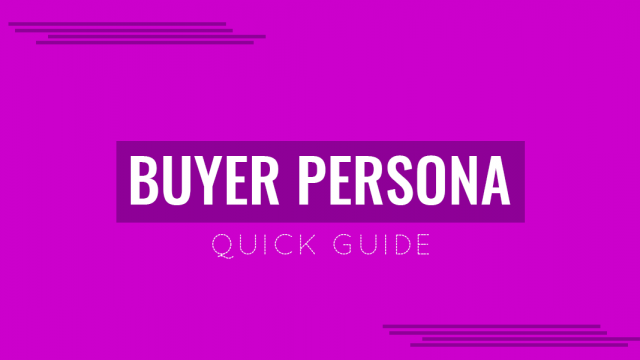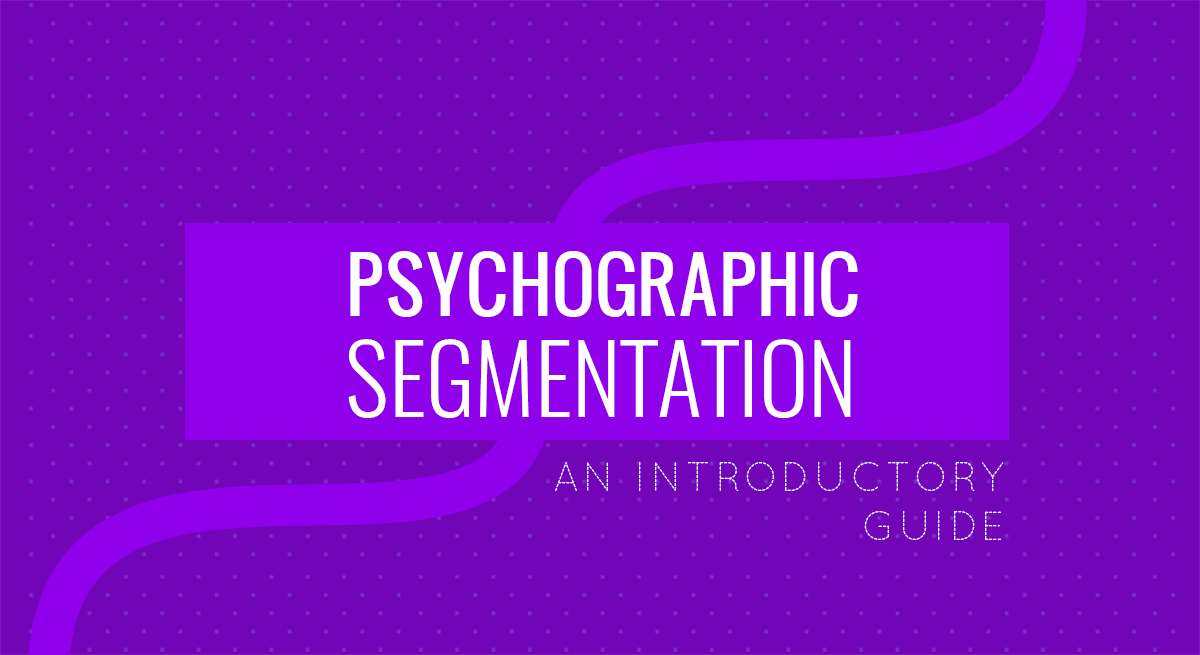
How do you know that your marketing campaign will appeal to the target audience? In most cases, us, marketers, act on a hunch and assumptions, since we constantly operate with incomplete information. While most of us have a fairly good understanding of who our best customers are, far fewer can truly gauge what motivations drive the purchase behaviors. Psychographics — a methodology that borrows principles of psychological research and helps apply them towards marketing segmentation (and subsequent campaign design) — can provide you with that missing link.
What is Psychographics and Psychographics Segmentation?
Let’s start with the psychographics definition first. According to CB Insights:
“Psychographics is the study of consumers based on their activities, interests, and opinions (AIOs).”
The term ‘psychographics’ was first coined by market researcher, Emanuel H. Demby, and later popularized in his research, analyzing how various cognitive factors affect consumers’ decision to purchase products or influence their response to advertising.

In the 1980s, psychographics research was further explored by Arnold Mitchell and his scientific group at the Stanford Research Institute. They proposed the Values Attitudes and Lifestyles (VALS) framework that could be used categorized all consumers into 8 segments, according to their key motivators:
VALS Framework

The VALS framework was by no means perfect or comprehensive since psychographic data collection and analysis means were limited in the 80s.
Still, the underlying idea of doing customer segmentation based on behavioral and physiological data (instead of demographics alone) was picked up by an array of marketing research firms, and more lately advertising platforms. In essence, that’s how modern psychographic segmentation came to the fore. Several tools, like Trackier, help you capture the journey of your customers across channels and devices.
Here’s a quick psychographic segmentation definition for your reference:
Psychographic segmentation is a qualitative methodology for analyzing different consumer audiences, based on their psychological characteristics, lifestyle, interests, goals, values, and desires, and categorizing them into respective buyer persona groups.
While being around for nearly two decades, psychographic segmentation entered the public space after the notorious Cambridge Analytical scandal. The firm elicited personal information from consumers without their knowledge or consent. Then they used advanced analytics to segmented all people within their database using the OCEAN model — a popular framework that scores each person according to the presence/absence of the 5 personality traits openness, conscientiousness, extraversion, agreeableness, and neuroticism.
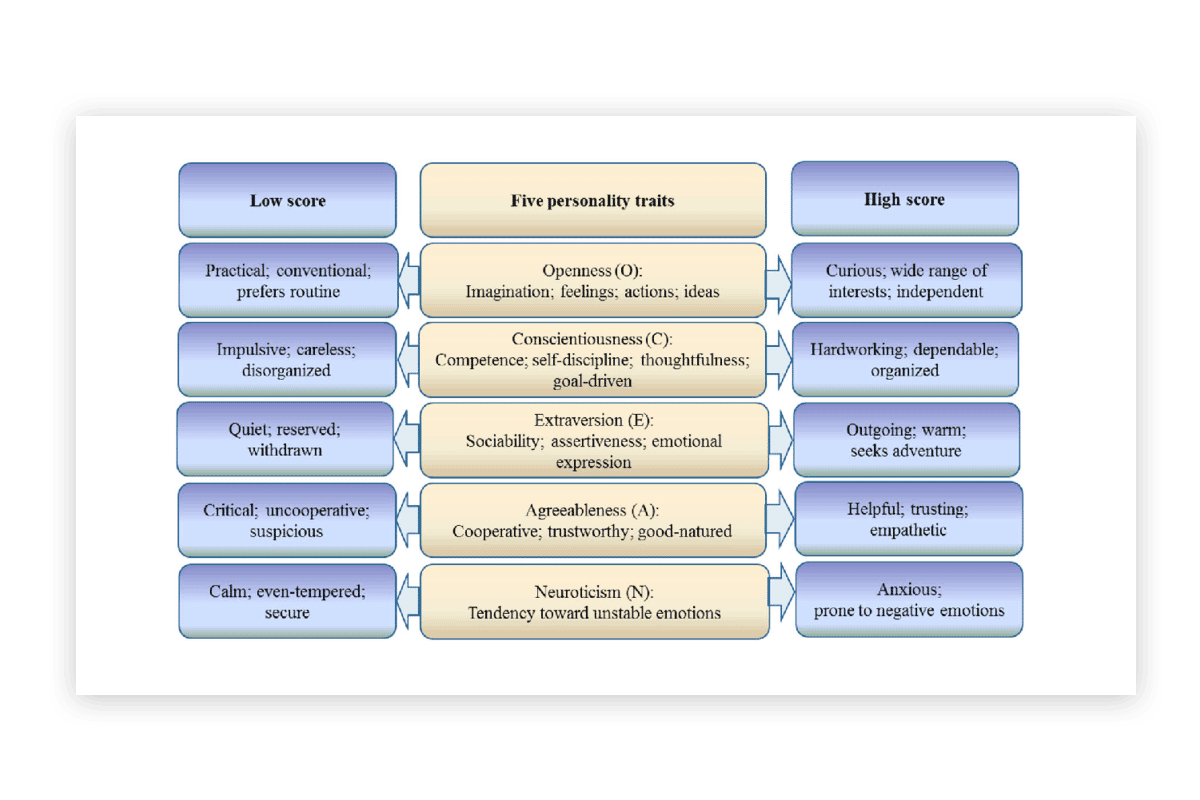
Afterward, Cambridge Analytica sold the mined customer intelligence to anyone naming the right price. Or used the accumulated data to launch highly-targeted and personalized marketing campaigns to sway public opinions.
Though Cambridge Analytica gave psychographics segmentation some bad rep, it doesn’t mean that this market segmentation method is illegal or scientifically in-effective. On the contrary, ethically-sourced consumer psychographic data is a powerful asset for market research, go-to-market planning, plus subsequent marketing strategy execution. Because such type of segmentation and data enables a deeper understanding of consumer psychology — something demographics data alone cannot provide.
Psychographics vs Demographics Segmentation: The Difference
The two segmentation methods rely on two rather different types of data points and data sources. Their difference between them is best illustrated by example.
Let’s compare two different buyer personas, created using demographics and psychographics data only:
Demographic Profile:
- Gender: Female
- Ethnicity: Latina
- Age: 18-25
- Marital status: Single
- Occupation: College student / entry-level employee
- Discretionary monthly income: $250-$500
Psychographic Profile:
- Places high value on “clean”, “green” ingredients
- Enjoys watching skincare content on YouTube/Instagram
- Prefers budget alternatives to popular skincare products
- Trust opinions shared by peers and favorite influencers.
The two profiles paint quite a different picture, right? A lot of individuals can fit into the general demographics profile, but far fewer will share the same interests, habits, and values. By taking psychographic factors into account marketers can determine more relevant and creative approaches to targeting the particular demographics to move them further down the sales funnel.
The Advantages of Psychographics Segmentation
Using psychographic data you can create more comprehensive and accurate customer personas. And, subsequently, find more cost-effective ways of converting the most favorable demographics into paying customers.
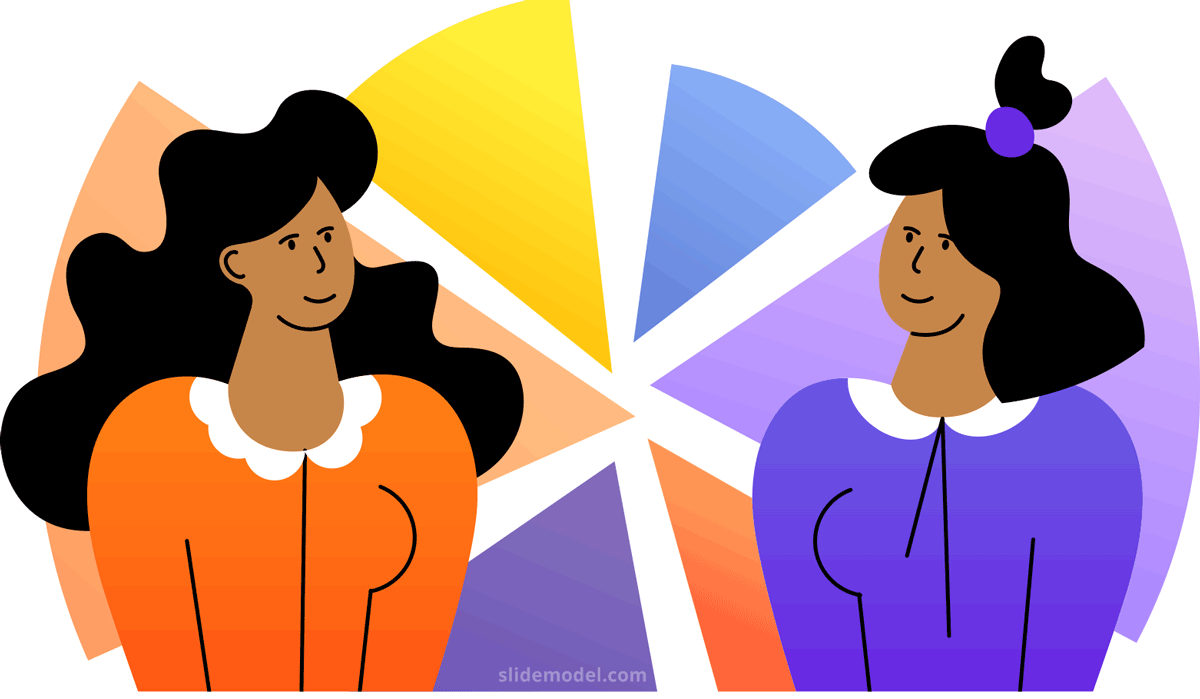
In that sense, marketing psychographics segmentation helps businesses capture the following benefits:
- Enhance brand positioning. Did you know that 91% of consumers are more willing to shop with brands, providing personalized offers and recommendations? Psychographic segmentation helps you determine better value propositions and right-size them to a wider range of prospects.
- Deliver more targeted, personalized marketing messages. According to Think with Google, 90% of marketers agree that personalization positively contributes to their business. Also, 33% of marketers state that better understanding and engaging of the right customers is the most important to reaching their marketing goals in the next 3 years. By knowing how your consumers think, act, and react to various offers, you can ensure that all your core messages hit the mark.
- Higher conversions and sales. Companies using advanced personalization in advertising campaigns earn $20 return for every $1 spent. This is due to the fact that consumers are 2.1x more likely to view personalized offers as important versus unimportant and act on them. Again, by employing behavioral segmentation you are far more likely to initiate a sale.
The Limitations of Psychographics Segmentation
Despite significant psychographic segmentation advantages, few companies manage to use this approach at scale. There are several reasons for that.
First of all, accurate psychographic data is more difficult to collect and analyze. Since it’s mostly unstructured, analyzing psychographic segmentation variables using standard statistical methods isn’t always feasible. So in most cases, the process happens manually and thus becomes prone to the analysts’ bias and assumptions. Perhaps that’s how we ended up with some unflattering millennial psychographic generalizations — “lazy”, “entitled”, “shallow narcissists”, etc.
Consent for data collection is also key when you are working with such data. It’s for the lack of it Cambridge Analytica got under the ceasefire. Regulators worldwide are now issuing compliance requirements for digitally collecting, storing, and analyzing sensitive customer data. These regulations also limit the scope of psychographics in marketing.
Finally, to perform effective psychographic data analysis at scale, you’ll have to invest in new technologies. Top brands are now using advanced predictive analytics solutions and ML/AI algorithms to identify repeating patterns in customer behaviors and gauge what triggers them. For instance, Google’s latest tool Brand Lift that assesses your video ads performance by analyzing ad recall, brand awareness, and consideration, relies on state-of-the-art machine learning algorithms that determine the correlation between ad content and subsequent customer actions.
3 Highly Effective Psychographic Segmentation Examples From Brands
Though psychographic data is challenging to collect and analyze, the ‘difficulty’ factor doesn’t stop brands from investing in this segmentation method. As most of the customer interactions moved online, companies are actually having an easier time of tapping into the wealth of behavioral and psychological data. Plus, the ever-growing array of MarTech analytical platforms also commoditized access to such insights for smaller brands.
Below are several quick psychographics examples from brands, who cleverly used marketing profiles in their advertising campaigns and for brand positions.
Porsche
In 2018, the German auto-manufacturer was seeking new ways to expand their market presence. But rather than targeting their standard buyer personas, they came up with a completely new psychographic profile, based around psychographics of baby boomers:
“Consumers who secretly wanted a Porsche, but a sporty two-seater model didn’t fit into their lifestyle.”.
Based on the collected data, they’ve launched a creative ad campaign featuring a signature yellow Porsche 911, parked in front of a school building — a creative that spoke perfectly to the newly identified consumer group.
The campaign they executed based on this profile drove a 35% increase in 911 model sales in 2 weeks.
The takeaway: Psychographic data help you challenge the status quo of your brand and effectively engage untapped marketing segments.
Starbucks
Starbucks is another long-term fan of using marketing psychology and psychographics to drive more clientele to its coffee chain. Specifically, they align all the marketing messages to appeal two either of the two target consumer groups:
- “Coffee aficionados” (mid-to-high earners who value good beans and well-brewed coffee up to their taste)
- “Non-coffee drinkers who want to socialize” (younger demographics who are presented with an array of alternative drinks and snacks in-store).

Example: Starbucks ad for coffee drinkers
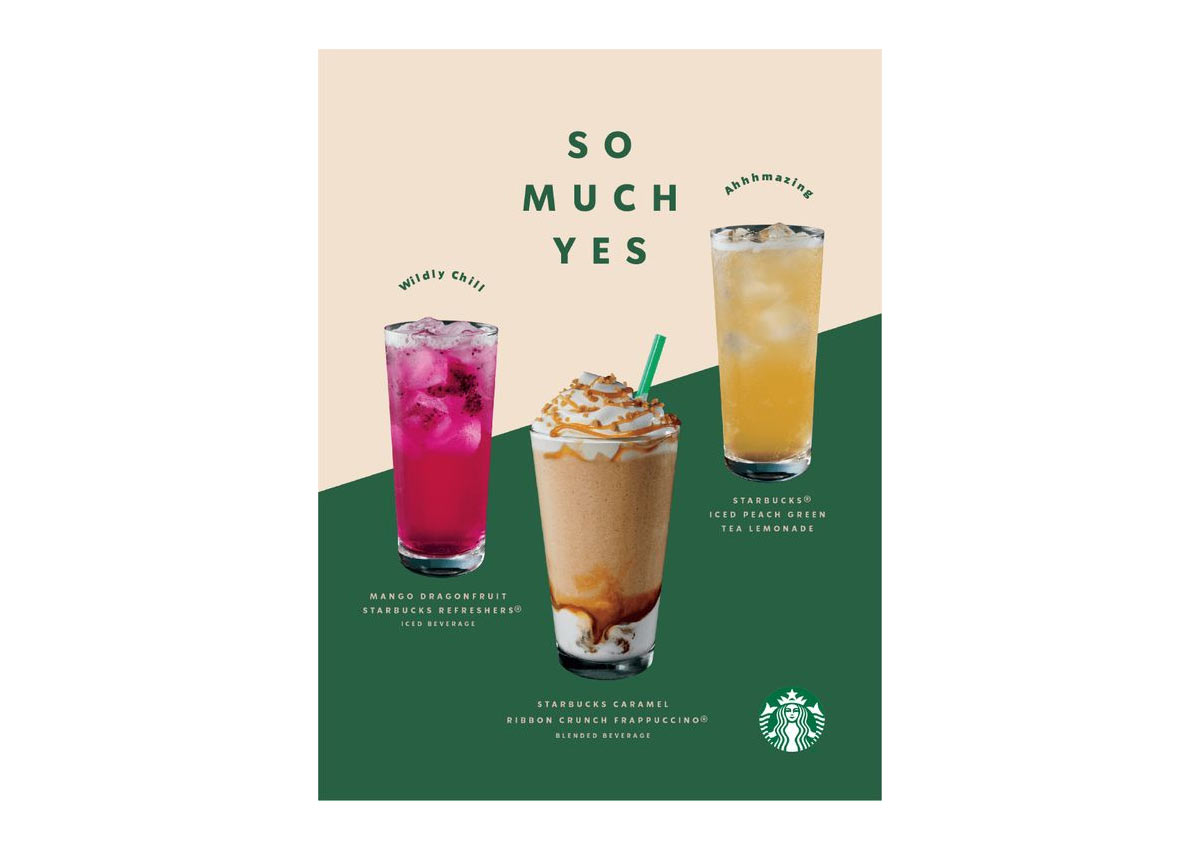
Example: Starbucks ads for non-coffee fans
The takeaway: By learning more about your customer preferences and behaviors you can get an upper hand in the market.
The Meatball Shop
The Meatball Shop is a restaurant chain in the New Your City, catering fine food to higher-income clientele. When the company decided to focus on marketing, they parted with Tranzlogic — an analytics platform providing advanced analytics and marketing software solutions. After installing the Tranzlogic solution, the restaurant began collecting essential demographics and lifestyle data about customers that visited different locations around town. Based on the collected intel, they identified a new psychographic profile, frequenting one of their locations:
“Bars and Beers” – a younger, relatively affluent group with an average age of 29, no children, earned an average income of $100,000 and were more likely to order alcoholic drinks with dinner.
To engage this buyer profile, the Meatball Shop launched a Happy Hour offer that led to sales increases from the target segment, more repeat visits, plus attracted a cohort of new customers.
The takeaway: Psychographic data is the backbone of effective personalization and hyper-targeted marketing campaigns.
To Conclude
The big boon of using psychographics in marketing is that it helps:
- Persuade the selected target audience with higher effectiveness
- Predict their response to one type of promotion over another.
In both cases, what you get in return is higher conversion rates, less advertising waste, and ultimately — higher sales!
